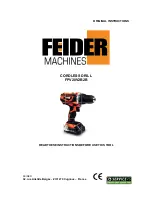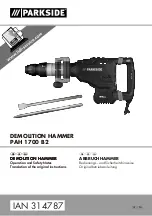
16
The same also obviously applies for all other devices which are connected to the computer, e.g. monitor,
scanner, loudspeakers etc..
Devices without "real" power switches (e.g. many PC loudspeakers, some monitors and also all devices
with wall power supply) can be separated from the mains voltage with an on/off switch on a socket strip.
The standby power consumption of a complete PC system can easily reach 50W. After only a
single day, a kilowatt hour (1 kWh) has been uselessly "consumed" and converted into heat.
The purchasing of a socket strip with an on/off switch can therefore pay for itself after only one year.
Switching all connected devices (PC, monitor, printer etc.) on together can possibly lead to the
triggering of the automatic circuit breaker of the supplying circuit , because the starting current
is too high.
If this occurs, first switch on the switch of the socket strip and then the individual devices, one
after the other.
For switching-off, this sequence is reversed, with the devices being switched off first and then
the socket strip.
There are also so-called "power-managers" which permit the comfortable switching on/off of
individual sockets via switches on the front. Such "power managers" can be positioned e.g.
under the monitor.
Ink-jet printers must first be switched off via the on/off switch of the printer before e.g. the mains
voltage is switched off via the socket strip.
Otherwise, the printer cannot bring the print head into a parking position and the jets of the print
head could dry up!
Some printers should always remain connected to the mains voltage, because they otherwise
carry out an additional cleaning procedure upon the return of the mains voltage (i.e. upon
switching-on via the socket strip). The cost of this pointless use of ink often exceeds the saving
on electricity.
Always note the restrictions for the max. current consumption of the individual operating voltages at
Point 10 of these operating instructions (see also imprint on the power supply unit)!
The power supply unit is destroyed by overloading! In this there is also a risk of damage to the
connected devices, e.g. mainboard, hard drives etc..
If your mainboard has the 4-pole ATX2.0 connection for the +12V voltage, then connect it with the
corresponding connection of PC-ATX switching power supply.
The connection is for better supplying of the switching controllers on the mainboard (which produce the
current/voltage for the CPU) and to reduce the load on the +12V line of the ATX plug.
The same applies for the 8-pole plug.
29







































